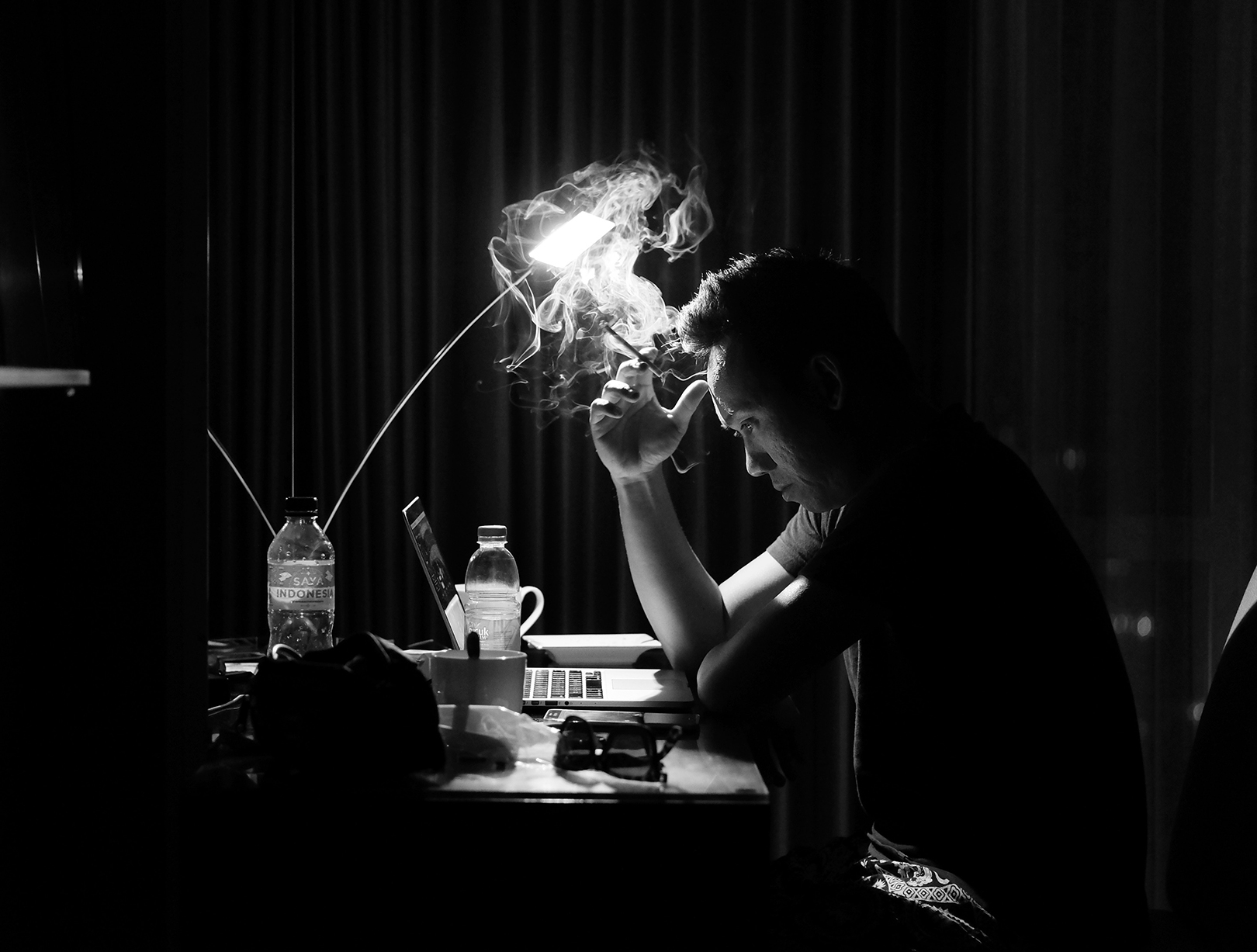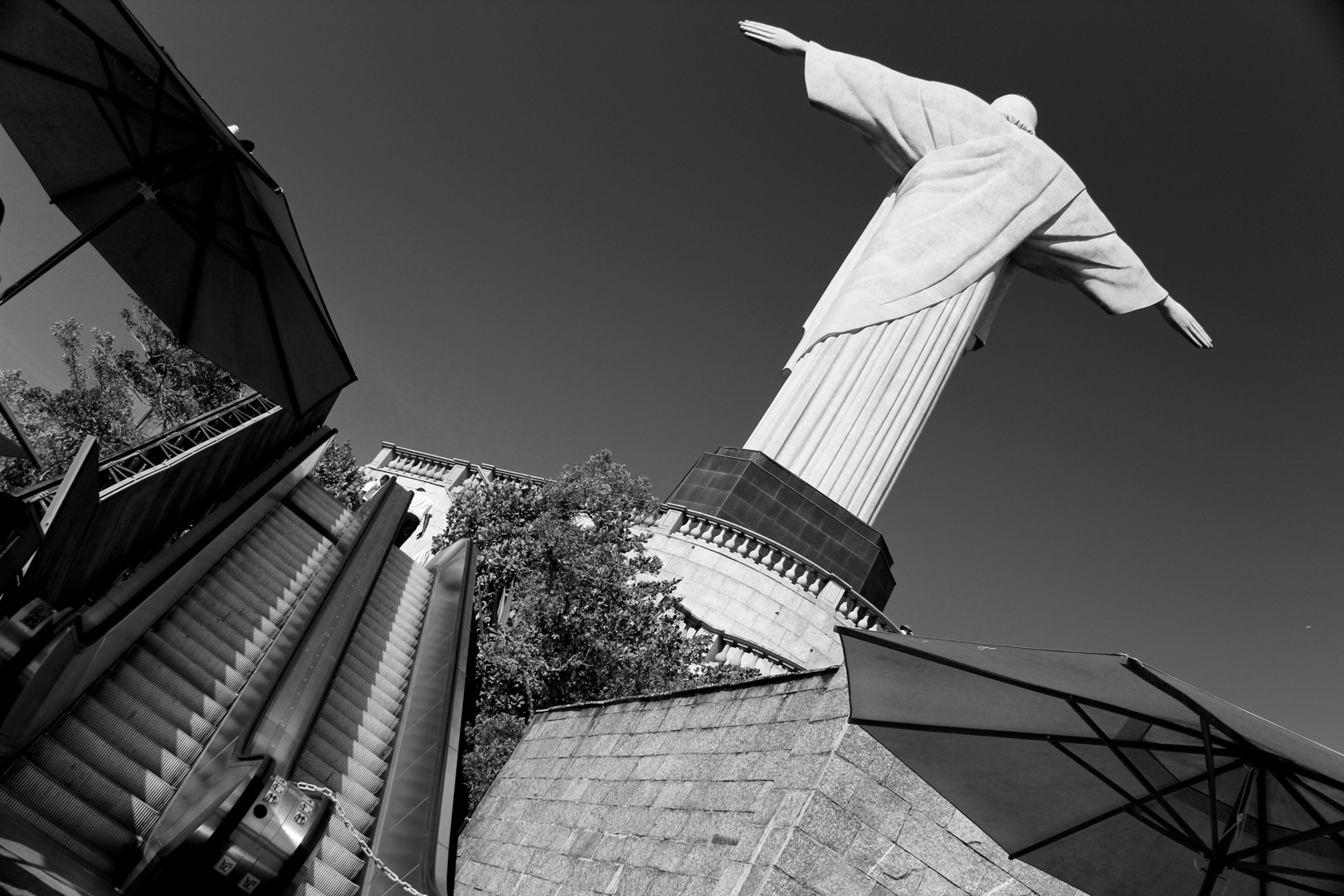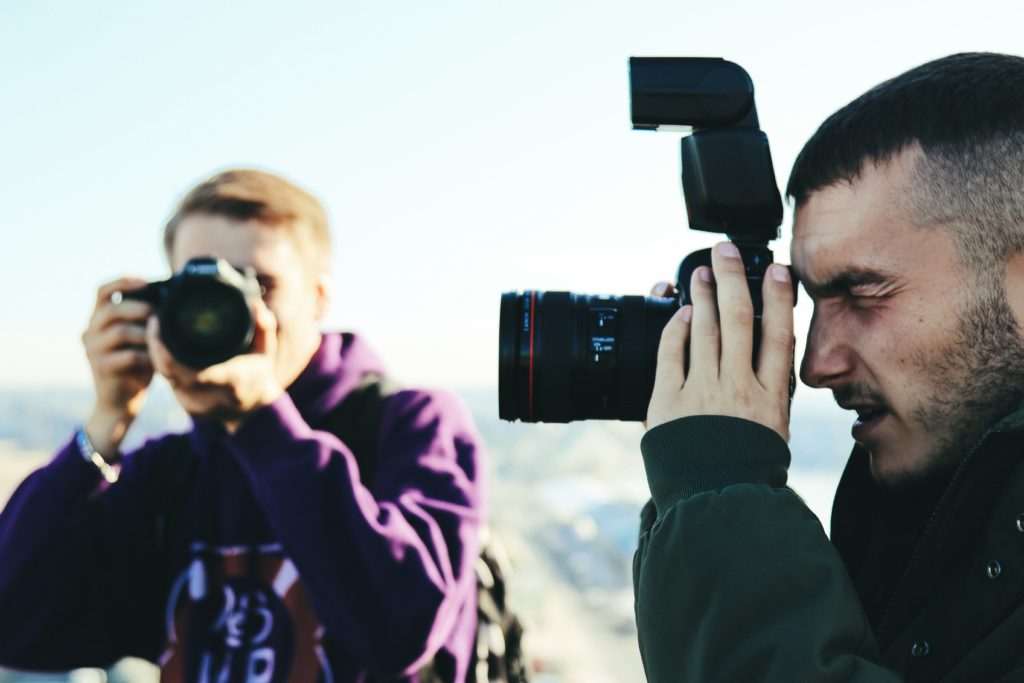Creativity is the invisible force that drives us to shoot images we long to create and that reflect our feelings. Creativity has been linked to the hemispheres of the human brain, and I have seen many articles arguing that one hemisphere is in charge of logic and analysis, and the other for creativity and things that aren’t good friends with the analytical world. If we democratize creativity, we can say that all professions open the door for creativity to germinate. Creativity happens every time somebody solves a problem, for example.

The fulfillment of our goals as photographers will be determined, in most cases, by the discipline with which we harness the small sparks of creativity we may have from time to time. Each human has different levels of creativity, and although it is in scarce supply, we can discipline ourselves to make the most out of our rare moments of genuine creativity. It’s better to make one idea happen at a time than to live with a bunch of ideas flying in our head daily, without even starting to execute one of them.
Creative block happens to us all, and our time is too valuable to wait for “the muse”. Here, we’ll talk about 5 magnificent ways to overcome a stage that at some point in our photographic journey we will suffer if we haven’t already.
Homage or Tribute
We should not see homage or tribute as plagiarism. Homage in the art world is recognized as a work that resembles another, usually a work of great value. Homages honor the artist who created the original work. Doing this opens us almost unlimited creative possibilities, as many works of art (not just photographic) can inspire homage.
However, when developing our tribute, we should be careful not to try to deceive the audience. It can honestly be said that a homage reflects a certain artistic or literary work that has captivated us enough to honor it, not copy it or replicate it. We should see the homage as a reinterpretation of the motif behind an artist’s work. Here we have a clear example of what could be a great tribute.
Use the Commonplace
This exercise is excellent for overcoming creative block. Many places or subjects have been photographed by huge numbers of people. They are simple to find in magazines, books and on the web. We just need to flood ourselves with a quantity of these images so that we can define a “common visual denominator” for the most recurring forms and frames, and then pursue something with a totally different vision.
If a subject or a scene has been photographed too many times with very wide frames, you could try to do it with a telephoto lens. This will allow you to achieve an abstraction or a visual excerpt of the scene. And if a scene has been photographed a lot during the day, you can seek to capture it at night.
In the photograph below, you’ll see a very different version of the famously photographed Christ the Redeemer monument in Rio de Janeiro. This monument has been photographed to death, but perhaps not in the way I did it that day. I centered on the back of the monument and the electric stairway that makes it easy to reach the base of the monument that thousands and thousands of tourists use every day.

Another nice example of this is the Bramante Staircase inside the museums of the Vatican, which, in the words of a photographer I admire (and I promise will share his work with you someday): “Everyone has a different version of the Bramante Scala.”
Juxtaposition
This happens when two dissonant elements clash or are combined to achieve an aesthetic goal.
Juxtaposition can help us escape creative blockage because when we mix common situations or items that have little to do with one another, everything becomes sufficiently interesting to get us out of that creative stagnation in which we may find ourselves. Perhaps this is one of the most complex ways to spark creativity, because it’s not always easy to create meaningful juxtapositions in photography. But by having the self-imposed mission to achieve it, creativity will be more or less forced to wake up.

This artist is a master of juxtaposition. He combines things in such an obvious yet incredible way, and his work is perhaps the best example of surrealism that I have seen.
Geometry
Our vision and habits drive us to compose in ways that respond to what we enjoy seeing. When composing, it is interesting to look for simple geometric forms inside the scene, from simple lines to beautiful triangles. In a controlled environment, such as in landscape or commercial photography, this may be easier to achieve inside the camera. For street photography, on the other hand, it is easier to seek to improve the geometrical composition in post-production simply by using cropping tools. The important thing is that the pursuit of geometry can help us to surpass a messy creative block.

Fall in Love with a Lens
DSLR cameras can blind our creativity by offering us too many types of lenses. I first heard this insight about creativity from a musician, not a photographer. The musician is Omar Rodríguez-López, a phenomenal guitarist you need to hear if you are into progressive rock. It turns out that he said that by reducing his pedal options to a rather limited line-up, he came to understand that he could find far more interesting creative solutions than he could when working with a wider range of resources. The same thing happens with photography. Find a lens you love and commit yourself to it for at least 6 months…or your whole life.







